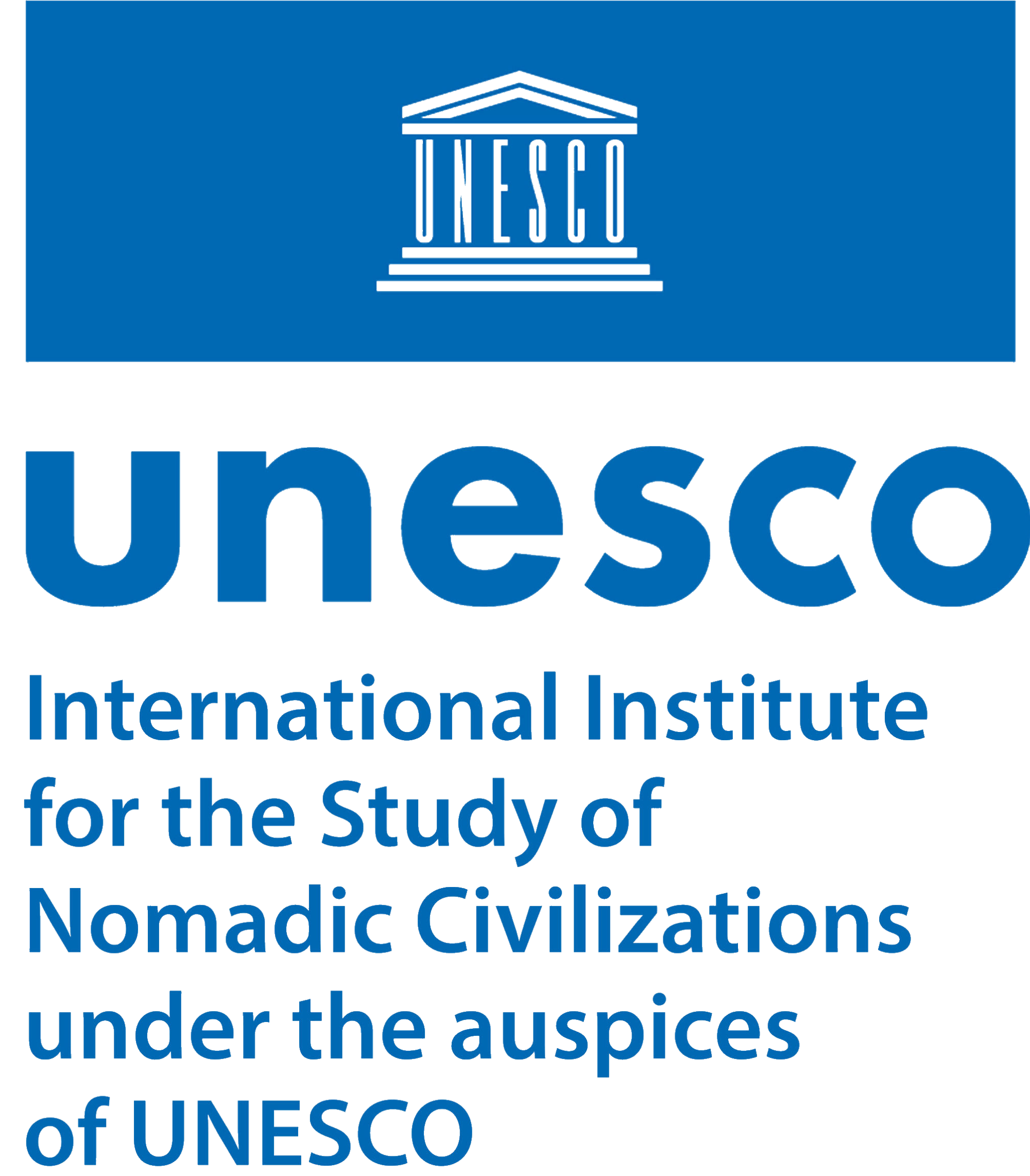Nomads and Social Transformation
Overview
As social transformation is inevitable, this programme studies how nomadic culture is expressed differently across time and space as well as what factors and mechanisms trigger transformation, both internally and externally.
Nomadic culture has historically been enriched by other cultures, religions, political and economic contexts. Thus, it is constantly dynamic and responding to external factors. The elements of nomadic culture are also preserved in other cultures to a certain extent. The process of cultural transformation is primarily influenced by the environment, availability of resources, technology used to extract said resources, lifestyle practices, organization of labor, and the foreign political and economic environment.
The Institute has been studying nomadic peoples in the region and how their lifestyles are changing and evolving. It examines the processes by which nomadic culture is preserved, abandoned, and transformed in the context of climate change, changes in economic systems, the impact of government policies, technological advances, and changes in religion and values. In particular, the aim is to study the internal patterns of cultural change through the example of nomadic cultures. The program intends to study the pros and cons of cultural change, create research opportunities, and develop policy recommendations.
Ongoing projects
- Policies and practices for the dissemination of nomadic heritage internationally (2022-)
- Research project on common spiritual values of Mongolia and Central Asia (2022-)
Past projects
- A comparative study of nomadic culture, behavior and traditional knowledge at the regional level (2016-2018): as a result of the project, four hearings on rituals, traditional festivals and ceremonies were held at the “Nomadic Mongolia” intangible cultural heritage festival and inheritance forum.
- Developing a methodology for systematically studying the traditional knowledge of Mongolian nomads and highlighting regional specifics (2015-2016)
- Orkhon Valley Cultural Landscape: Past and Present (2014)
- Erdene-Zuu: Past, Present and Future (2011): Mongolian-Japanese collaborative research project studying the history and current situation of the Erdene-zuu temple.
- Challenges for the Development of National Mongolian Studies in the era of globalization (2002-2004): as a result of the project (January 2005 to December 2007), the Summer School for Young Mongolian Scholars and the International Conference on Mongol Studies were organized in 2005, 2006, and 2007. The works of more than 60 young Mongolian researchers, who have studied the history, religion, culture, economy and law of Mongolia under the guidance of well-known Mongolian scholars, have been published.
- Nomadic Civilization: Current and Perspectives (2006-2008 ): this project is of fundamental and theoretical importance in improving the study of nomadic culture and comparative civilization in Mongolia, studying interrelated features, and strengthening research methods. The project is unique in that provides a comprehensive study of nomadic civilization and its dynamic processes in terms of history, anthropology, folklore, economics, and education. As a result of this study, an attempt was made to identify a new version of the Nomadic Society’s Development classification.
- Comparative study of nomadic culture, anthropology and ecology (2006-2008 ): this project was implemented in cooperation with the Institute of Ethnology and Anthropology of the Chinese Academy of Social Sciences. Within the framework of this project, a joint bilateral expedition was sent to 8 soums of China, starting from Dornod aimag of Mongolia and Shine Barga Baruun Khoshuu of Inner Mongolia.
- Transformation and Development of Nomadic Civilizations (2002-2005): this project aims to understand the social needs of nomadic herders in the new era of market economy and information technology. Within the framework of this project, two research expeditions on “Nomadic Cultural Heritage” were organized. In addition, two international symposiums were organized: 1. “Herders-Market-Sustainable Development” (2002), “Transnational nomadic culture” (2006). A.Ochir’s “Origin, culture and lifestyle of Central Asian nomads” article has also been published.
- Transformation of Nomadic Civilizations in Central Asia(2002-2003) (in collaboration with the Institute of Mongolian, Tibetan and Buddhist Studies of RAS, Inner Mongolia University and Inner Mongolia Normal University)
